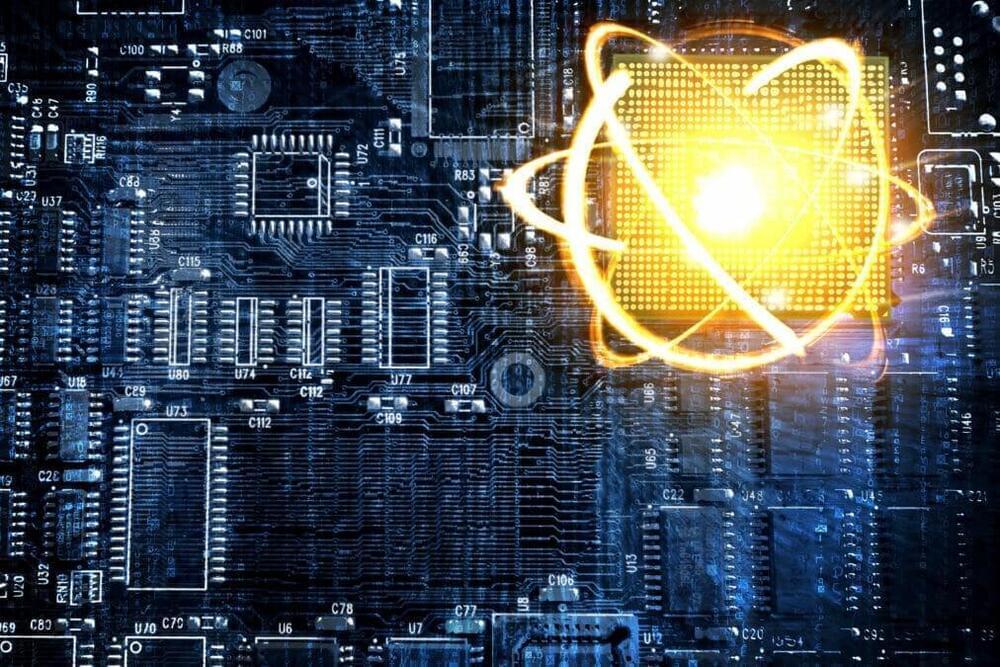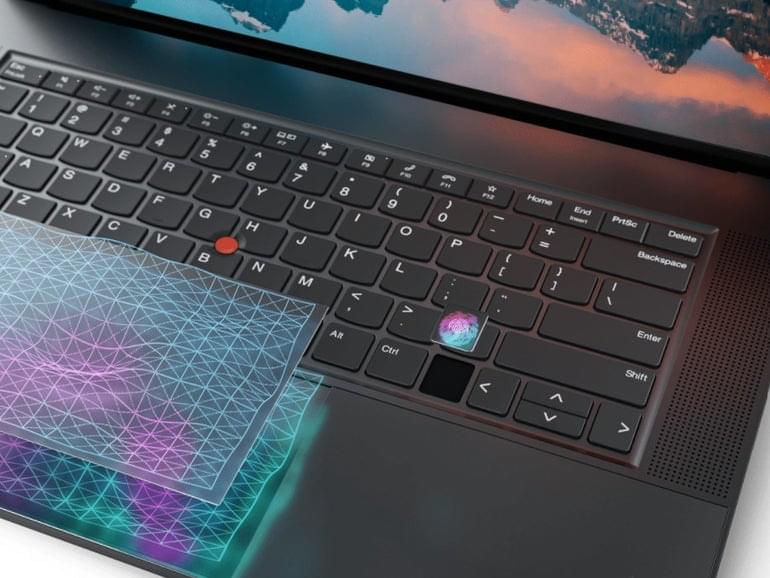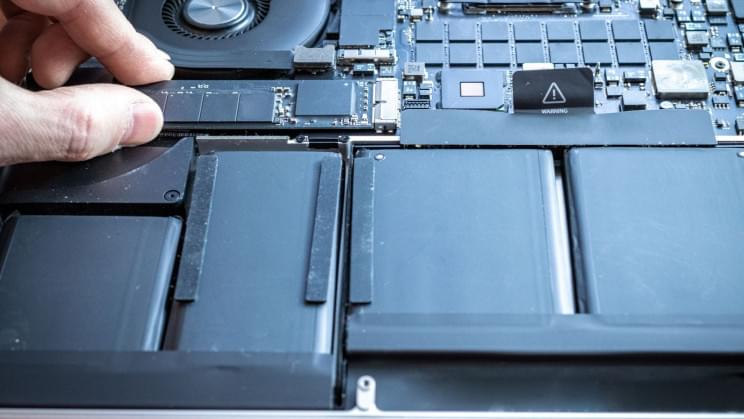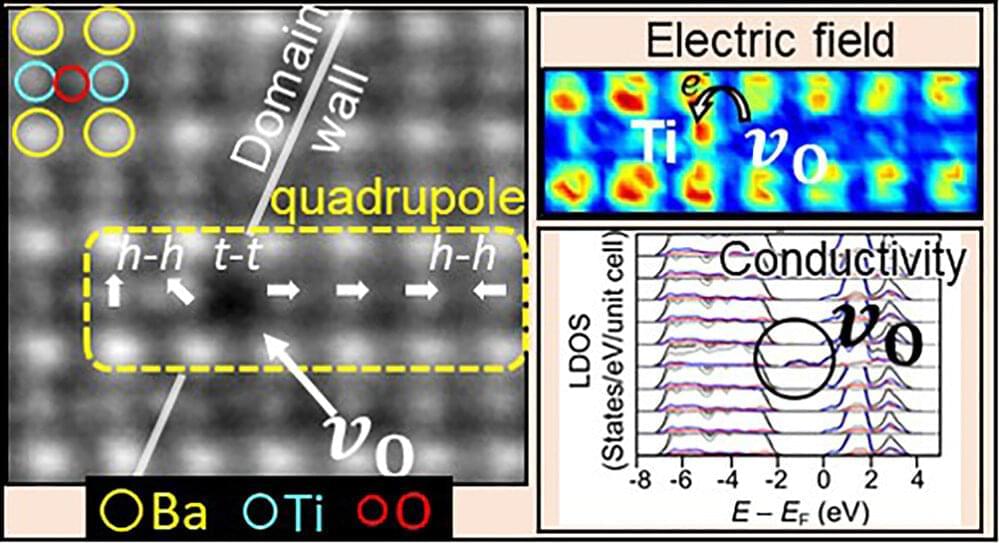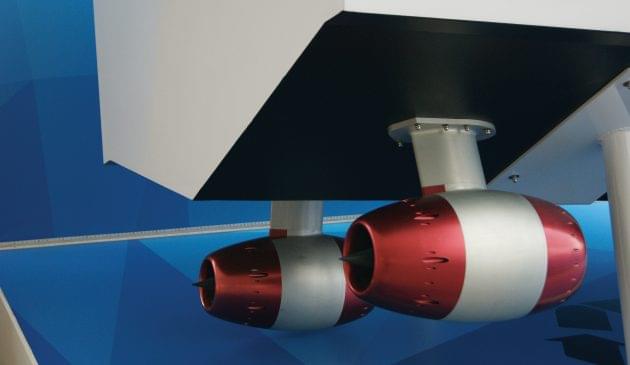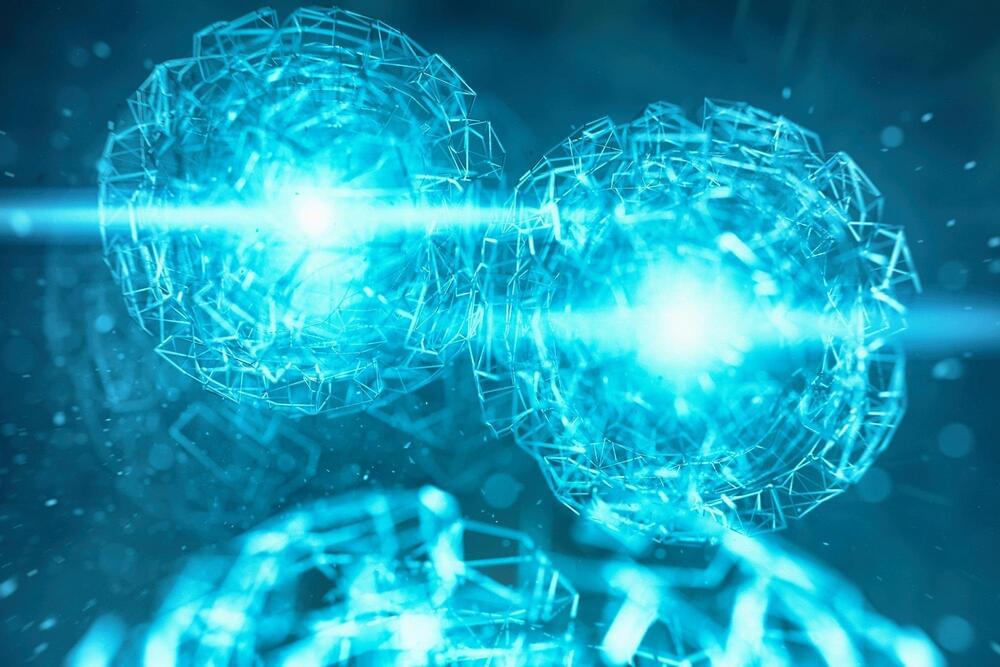Google is bringing Fast Pair to Windows and TVs and more. It’s also planning Wear OS watch unlocks for phones.
Google laid out its plans for a number of new features coming to its ecosystem of devices and operating systems this year, a lot of which is focused on connecting them all or making setup easier. Whether you have an Android phone and an Android TV or a Chrome OS devices and a Wear OS watch, there is a good chance they will start to talk to each other.
Quicker setup of all devices
One of the biggest items Google announced today involves Fast Pair, the quick-connect technology that Google pushed out to phones and headphones a couple of years ago. In the coming weeks and months, Fast Pair will work on more devices and throughout more operating systems.

